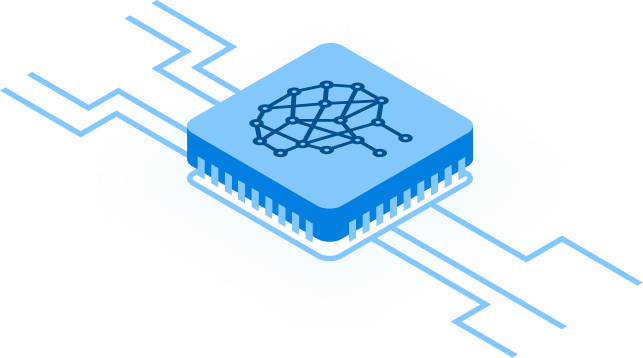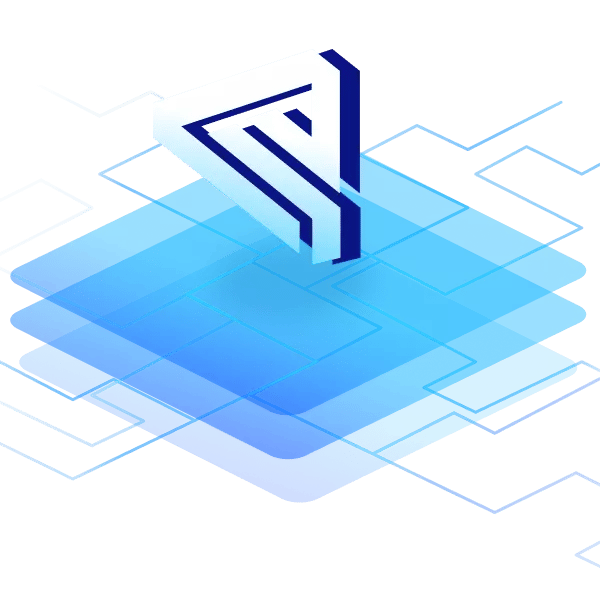Is this the first time you've heard of embedded devices, or have you heard of them many times but never taken the time to learn more about them? Regardless of the reason you are reading this article, you will learn what an embedded device is.
Definition embedded device
An embedded system describes a microprocessor-controlled computer hardware system that runs dedicated software to perform a specific task. An embedded device is the hardware on which this software is running. Embedded devices are also referred to as dedicated or single-purpose devices. They are independent systems or devices, or a part of a larger system or device responsible for task execution. The integrated circuit in the core performs tasks involving the calculation of real-time functions.
The complexity of an embedded device is very much dependent on the tasks it is built for. Some devices consist of single microcontrollers, others of a number of processors, and some use peripherals and even networks. Not all embedded devices have a user interface. However, there are systems that use complex graphical interfaces.
Consequently, there are many different types of embedded devices out there. Their sheer diversity explains why they are so widespread in the market today. Examples can be found in your household, for example, your microwave, or in more exotic places such as in aerospace technology. 98% of all microprocessors produced today are used in embedded devices.
How do embedded devices work?
Embedded devices consist of many components that ensure that the device operates properly without a single breakdown or malfunction. The following is a list of hardware components known to operate embedded devices:
- Microcontrollers, also known as digital signal processors (DSP)
- Field programmable gate arrays (FPGA)
- GPU technology
- Gate arrays
- Application-specific integrated circuits (ASIC)
The above processing systems are connected to other related components that have the task of managing electrical and mechanical interfaces.
Programming instructions for embedded systems, are otherwise known as firmware. They are kept in read-only memory or in flash memory chips that run on limited computer components or hardware resources. In order for the embedded devices to be useful to users, peripheral devices, such as displays, are connected.
History of embedded devices
The very first successfully built embedded system was the Apollo Guidance Computer, developed for the Apollo program in the 1960s by the renowned Dr. Charles Stark Draper at the Massachusetts Institute of Technology. The main goal of the Apollo Guidance Computer was to collect data and perform mission critical calculations for the Apollo Command Module and the Lunar Module.
But that is not all, because in the following years, more precisely in 1971, Intel built the very first microprocessor, which was known as the Intel 4004. Since it was an early microprocessor, it still needed support chips and external memory. In 1978, a standard for programmable microcontrollers was introduced by the National Engineering Manufacturers Association, which led to an improvement in embedded design. It wasn't long before system components were successfully housed in the same chips as the processor to form a microcontroller in the early 1980s - these components included memory, input and output.
Microcontroller-driven embedded systems can be found in almost every aspect of consumers' lives today. Their application ranges from credit card readers and cell phones to traffic lights and thermostats.
The future of embedded devices
Given all this, what can you expect next from embedded devices? Well, the world of embedded systems promises new inventions as it grows at a rapid pace and is driven by innovation topics such as artificial intelligence (AI), virtual reality (VR), augmented reality, machine learning, deep learning and the Internet of Things as well.
A selection of the anticipated major advances are as follows:
- Reduced energy consumption
- Cloud connectivity and mesh networks
- Deep learning applications
- Visualization tools with real-time data
- Advanced security for embedded devices
- and much more …
Summary
In conclusion, the use of embedded devices has increased massively in the past. Especially in the course of the developments in the field of IoT, there have been significant developments that have linked embedded devices to the Internet and created new extended use cases. In the future, the use of embedded devices will certainly not decrease and will bring further exciting technological innovations.
Build unique products, boost device performance
See why emteria is the chosen Android™ customization & management platform for OEM solution builders — and what it can do for your team and customers.







